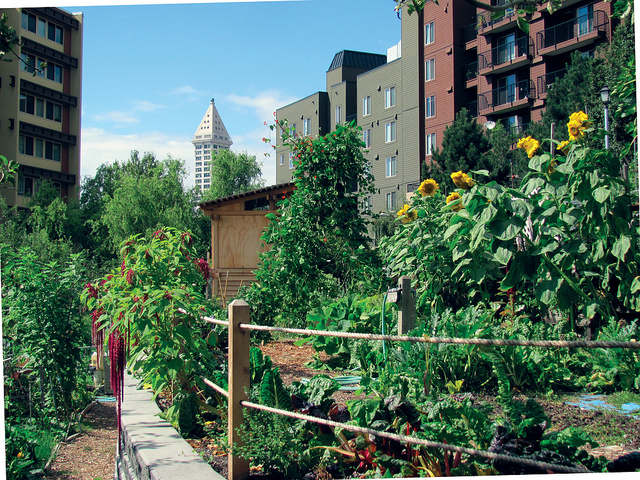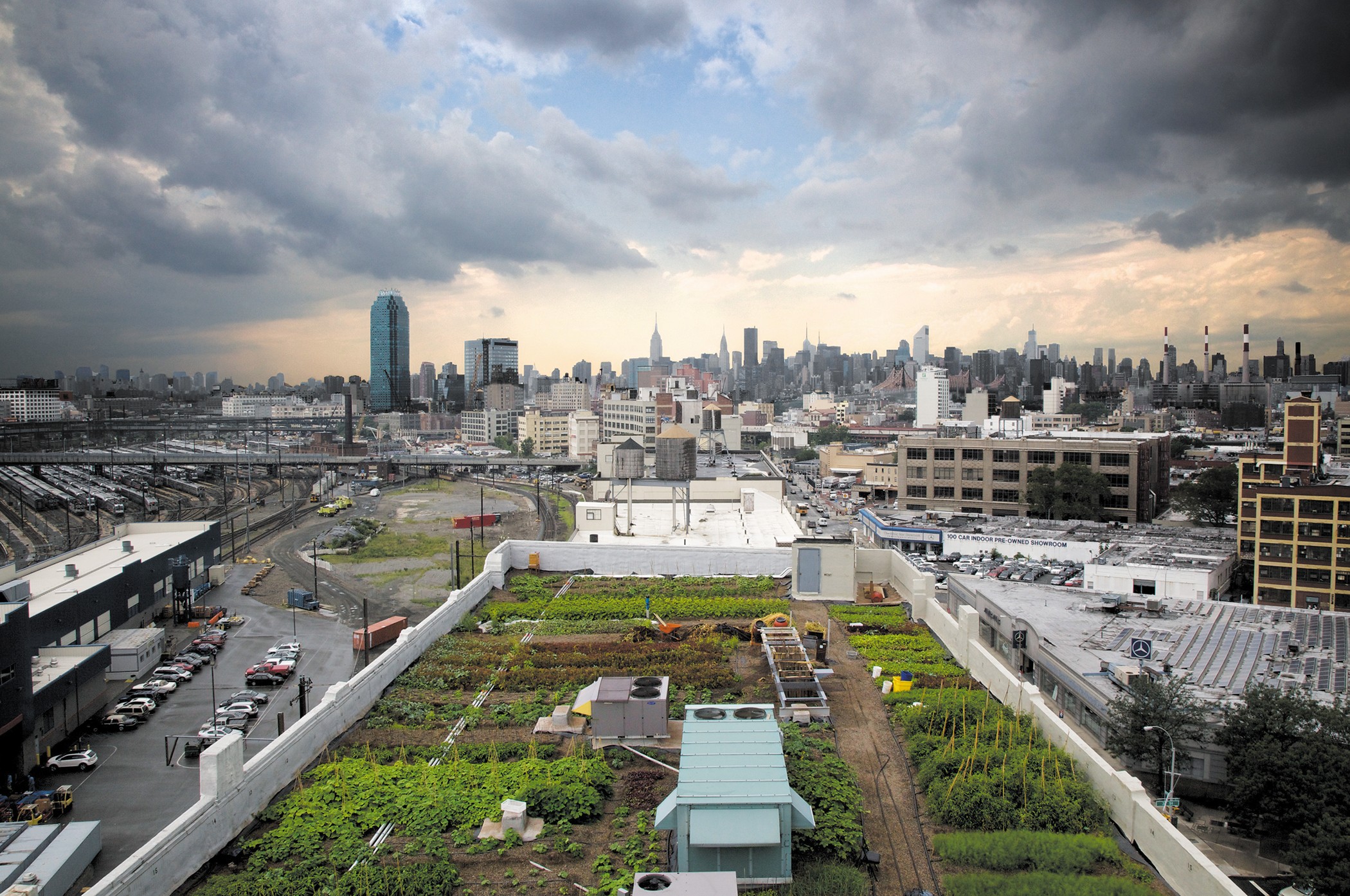4 Easy Facts About City Blooming Shown
4 Easy Facts About City Blooming Shown
Blog Article
The Ultimate Guide To City Blooming
Table of ContentsOur City Blooming IdeasSee This Report on City Blooming4 Simple Techniques For City BloomingThe Ultimate Guide To City BloomingAn Unbiased View of City Blooming
Fascinated in growing food to buy in the City of Chicago? Thinking of starting a community garden? Modifications to the Chicago Zoning Regulation allow agricultural uses like neighborhood yards and city ranches in lots of components of the city. Below is a list of frequently asked concerns concerning the rules and policies that farmers need to take into consideration when intending a city farming project.
The zoning modification does not change any various other codes taking care of composting, structure permits, acquiring or leasing City had building, service licenses or ecological contamination. There are existing codes that manage these problems and they remain completely effect and may be appropriate to your job. Community yards are commonly had or handled by public entities, public companies or community-based companies and kept by volunteers.
Urban ranches expand food that is meant to be marketed, either on a nonprofit or for-profit basis. Because of their business purpose, urban ranches require a company permit. Yes. A neighborhood garden is permitted to sell excess create that was expanded on website if the sales are accessory or secondary to the yard's key purpose explained over.
The Single Strategy To Use For City Blooming
The amount of compost product can not exceed 25 cubic yards at any kind of provided time according to the requirements in 7-28-715 of the City's Municipal Code. Since the soil at many new garden websites requires modifying, garden compost, soil, timber chips, or other products can be obtained to construct or improve the growing room.

If a structure license is required then the hoophouse will be taken into consideration an accessory structure. You can figure out even more concerning the building authorization requirements by calling the Department of Structures. The 25,000-square-foot size limit is intended to stop a solitary area yard from dominating a provided block or taking away from the block's existing residential or industrial personality.
The restriction does not apply to yards located in Public Open Space (POS) areas. Can there be greater than one community yard that is 25,000 square feet on a solitary block? Yes. The dimension limitation puts on private gardens, not to specific blocks. No. Fence is not called for, nonetheless, gardens that have huge parking lot may be called for to install secure fencing or other landscape design functions.
Some Known Factual Statements About City Blooming
B1 & B2 districts require that all industrial use activities be carried out inside your home. R districts limit business activity. The laws reflect the function and intent of the Zoning Code. Is secure fencing needed for metropolitan farms? Yes. Fencings may be called for, together with landscape design and testing, for sure parking lot and exterior job or storage locations depending upon place and the certain activity happening.
Urban ranches call for building permits and zoning approvals prior to building and construction (home and garden). Other kinds of city testimonial might be called for depending on specific frameworks, tasks, dimension, landscape design, licensing, public heath and stormwater monitoring problems.
Yes. The sort of permit is determined by what is happening at the website. The Division of Service Affairs and Customer Security can assist figure out the details sort of business license that's called for. Yes. Off street car park is needed for most commercial projects in Chicago. The needed variety of garage is based on the number of employees working with site and not the square video footage of the growing space.
Facts About City Blooming Uncovered

A metropolitan farm can sell garden compost material produced on site, nonetheless, the procedure official source has to abide with the regulations in 7-28-715 of the Chicago Municipal Code. Aquaponic systems are permitted inside on metropolitan farms in several zoning areas.
As much as five hives or nests of honey may be maintained as an accessory use. Beekeepers have to register with the Illinois Division of Agriculture. For additional information about the proposed zoning change you may call the Division of Housing and Economic Advancement, Bureau of Planning and Zoning at 312.744.8563.
Farming in cities and metropolitan locations A city ranch in Chicago. Urban farming refers to different techniques of growing. https://www.find-us-here.com/businesses/City-Blooming-San-Francisco-California-USA/34090046/, processing, and distributing food in city areas. The term also puts on the location activities of pet husbandry, aquaculture, beekeeping, and cultivation in a city context. Urban farming is differentiated from peri-urban agriculture, which occurs in backwoods beside suburban areas.
The Best Guide To City Blooming
, that seek to develop social networks established on a shared values of nature and area holism. These networks can develop by means of official institutional assistance, coming to be incorporated right into regional town planning as a "transition community" activity for sustainable metropolitan development.
In either situation, the more direct access to fresh veggie, fruit, and meat products that might be realised through urban agriculture can boost food safety and security and food security while decreasing food miles, resulting in reduced greenhouse gas exhausts, thereby adding to climate adjustment mitigation. A few of the initial proof of urban agriculture originates from Mesopotamia.
Report this page